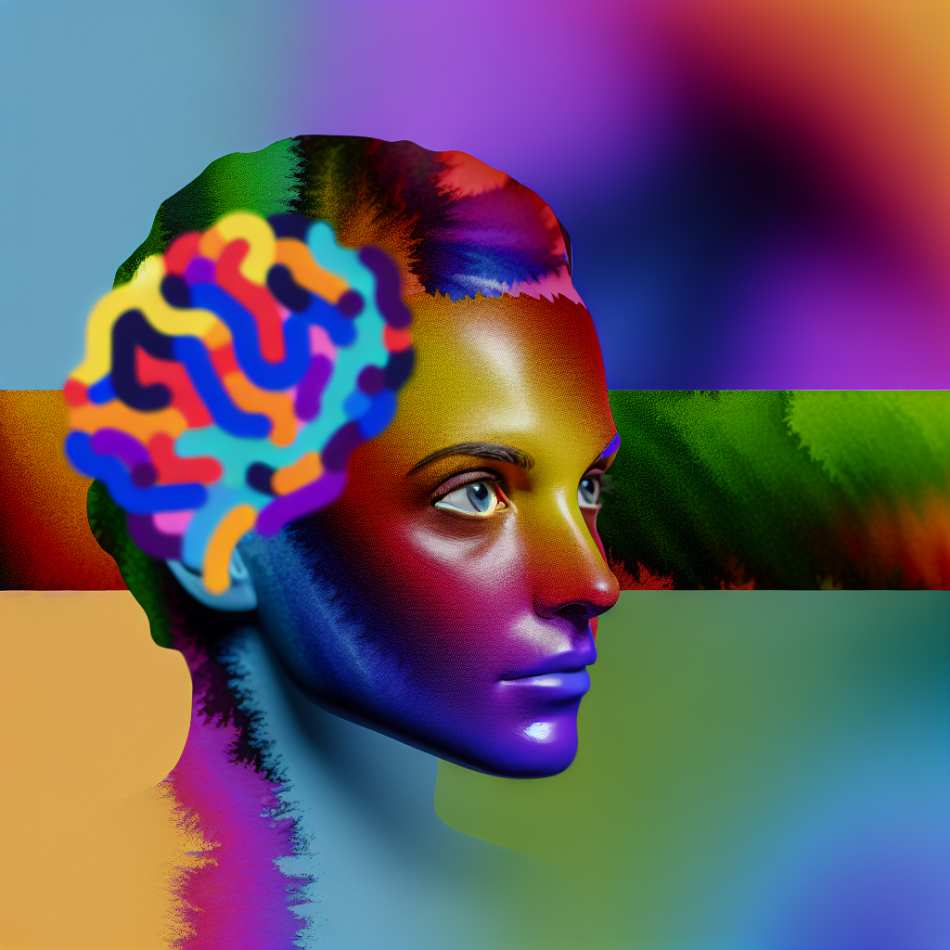Pride in being neurodivergent isn’t about ignoring challenges — it’s about embracing who we are, fully. Neurodivergence, encompassing conditions like autism, ADHD, dyslexia, and others, is often misunderstood as a deficit rather than a difference. This article explores how celebrating neurodivergent identity involves acknowledging both the struggles and strengths inherent in these experiences. We’ll delve into the societal shifts needed to foster acceptance, the importance of community, and why pride is a radical act of self-affirmation in a world designed for neurotypical norms.
Understanding Neurodivergence Beyond Stereotypes
Neurodivergence refers to brains that function differently from what is considered “typical.” While diagnoses like autism or ADHD come with unique challenges, they also bring distinct perspectives, creativity, and problem-solving abilities. Too often, societal narratives focus solely on deficits — such as difficulties with attention or social interaction — while overlooking traits like hyperfocus, pattern recognition, or innovative thinking.
Recognising neurodivergence as a natural variation in human cognition is crucial. The social model of disability argues that many challenges arise from environments ill-equipped to accommodate diverse needs, not from the individual themselves. For instance, a dyslexic person may struggle with traditional reading tasks but excel in oral communication or visual reasoning. Pride, therefore, stems from rejecting pathologisation and valuing neurodivergent minds as integral to human diversity.
Pride as a Counter to Stigma
Embracing neurodivergent pride doesn’t mean dismissing genuine struggles. Instead, it’s about reframing the narrative from “What’s wrong with me?” to “What support do I need to thrive?” Many neurodivergent individuals face stigma, from workplace discrimination to infantilisation. Pride challenges this by asserting self-worth and demanding respect.
Consider the autism community’s push to replace awareness with acceptance. Awareness focuses on symptoms; acceptance centres autonomy and inclusion. Similarly, ADHD pride movements highlight traits like spontaneity and resilience, countering stereotypes of laziness or incompetence. By owning their identities, neurodivergent people reclaim agency over how they’re perceived.
The Role of Community in Fostering Pride
Community plays a pivotal role in nurturing neurodivergent pride. Shared experiences reduce isolation and validate feelings often dismissed by neurotypical peers. Online spaces, advocacy groups, and neurodiversity-focused events provide platforms for:
- Storytelling: Personal narratives dismantle stereotypes and showcase diverse lived experiences.
- Peer support: Strategies for managing sensory overload or executive dysfunction are often shared within these networks.
- Collective advocacy: Movements like #ActuallyAutistic amplify voices often excluded from policy discussions.
These communities also challenge the idea that neurodivergence requires “fixing.” Instead, they promote accommodations — like flexible work hours or sensory-friendly environments — that allow individuals to flourish without masking their true selves.
Intersectionality and Neurodivergent Identity
Neurodivergence doesn’t exist in a vacuum; it intersects with race, gender, class, and other identities. Marginalised groups often face compounded barriers. For example, Black autistic individuals are disproportionately misdiagnosed or criminalised due to racial biases in healthcare and education systems. Similarly, neurodivergent women and non-binary people are frequently underdiagnosed because diagnostic criteria are based on male presentations.
True pride must be inclusive. This means advocating for equity in access to diagnosis, resources, and representation. It also requires acknowledging how systemic oppression exacerbates challenges — such as higher unemployment rates for neurodivergent people of colour — and centring these voices in advocacy efforts.
Practical Steps Toward a Neuroinclusive Society
Building a world where neurodivergent pride is possible requires systemic change. Key steps include:
- Education: Training educators to recognise and support diverse learning styles.
- Workplace adjustments: Offering noise-cancelling headphones, flexible deadlines, or written communication options.
- Healthcare reform: Ensuring diagnostic services are accessible and free from cultural bias.
Individuals can contribute by challenging ableist language (e.g., avoiding terms like “crazy” or “lazy”), listening to neurodivergent perspectives, and advocating for inclusive policies. Small actions, like normalising stimming (self-stimulatory behaviour) or respecting communication preferences, create safer spaces for authenticity.
The Liberating Power of Self-Acceptance
At its core, neurodivergent pride is about liberation. Masking — hiding traits to fit neurotypical standards — is exhausting and erodes self-esteem. Embracing one’s neurodivergence, however, fosters mental well-being. Studies show that self-acceptance correlates with lower anxiety and higher life satisfaction among autistic adults.
This doesn’t mean every aspect of neurodivergence is positive. Burnout, sensory overload, and executive dysfunction are real. But pride allows individuals to approach these challenges without internalised shame. It’s the difference between “I’m failing because I’m broken” and “I need strategies that work with my brain.”
Pride in neurodivergence is a celebration of authenticity. It acknowledges challenges while refusing to let them define one’s worth. By fostering inclusive communities, advocating for systemic change, and embracing intersectionality, society can move beyond mere tolerance to genuine appreciation. For neurodivergent individuals, pride is both a personal journey and a collective revolution — a declaration that difference is not deficit, and that every mind has value.
